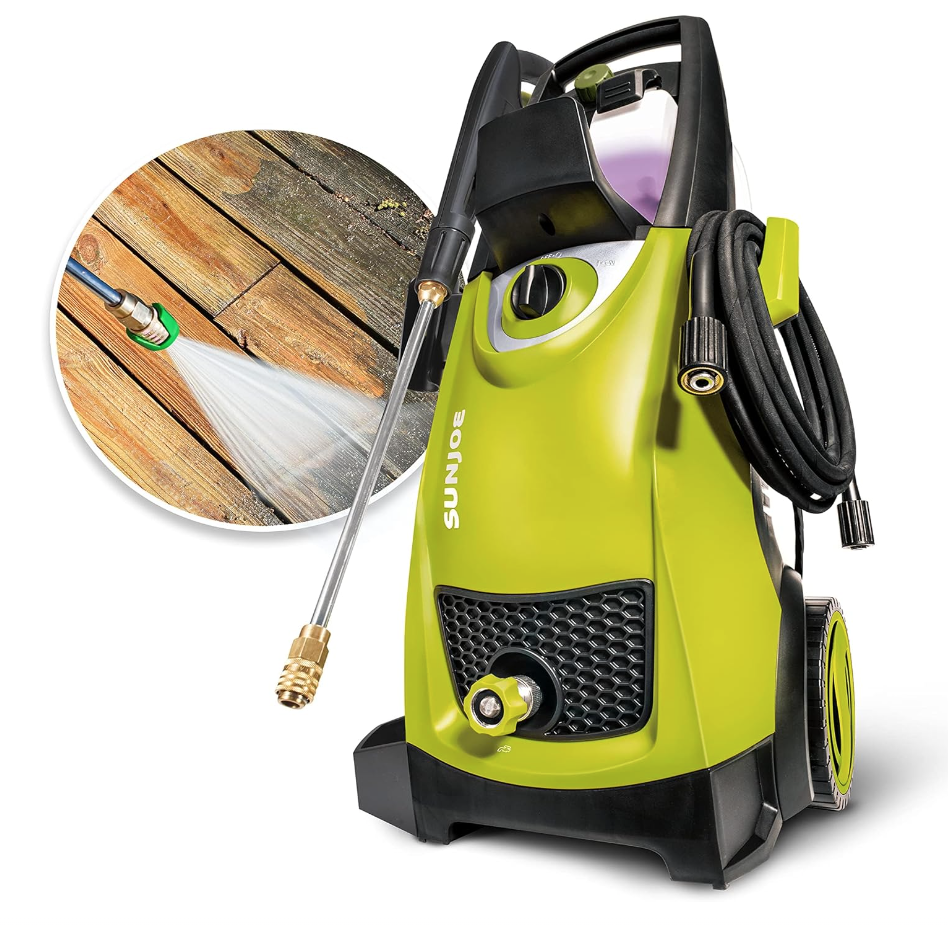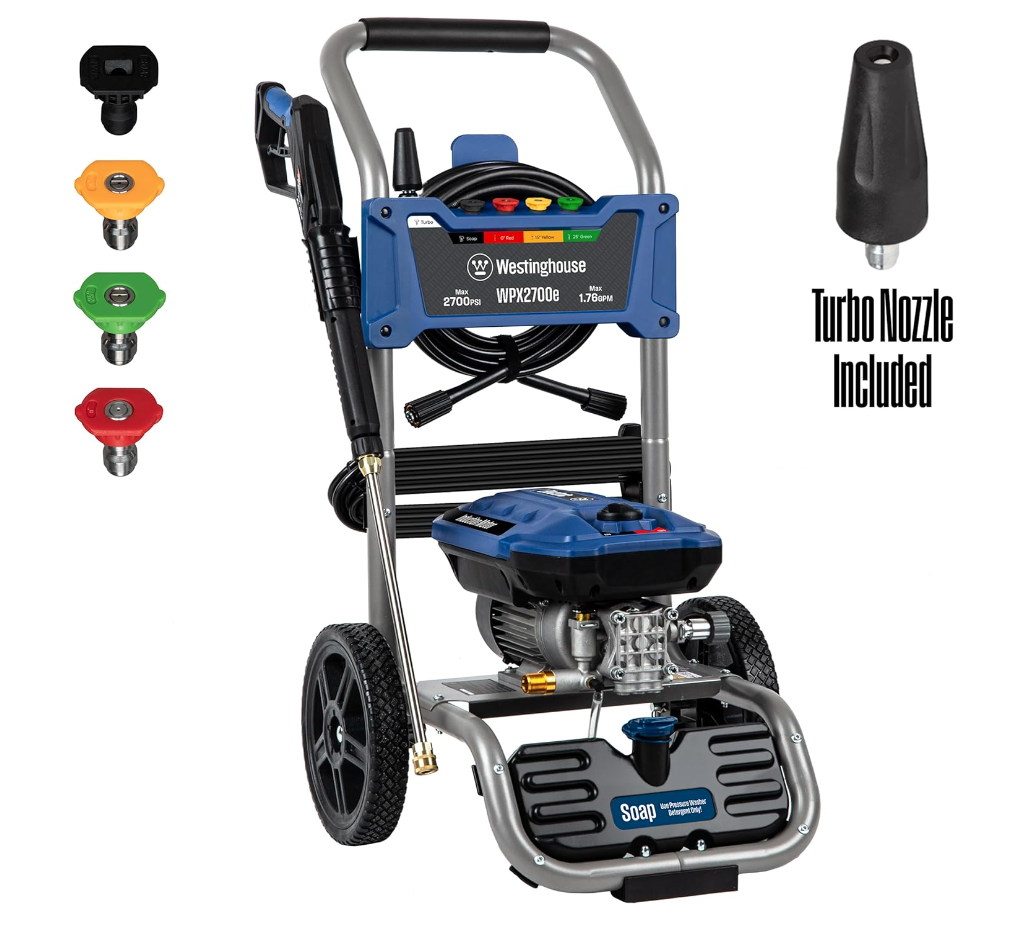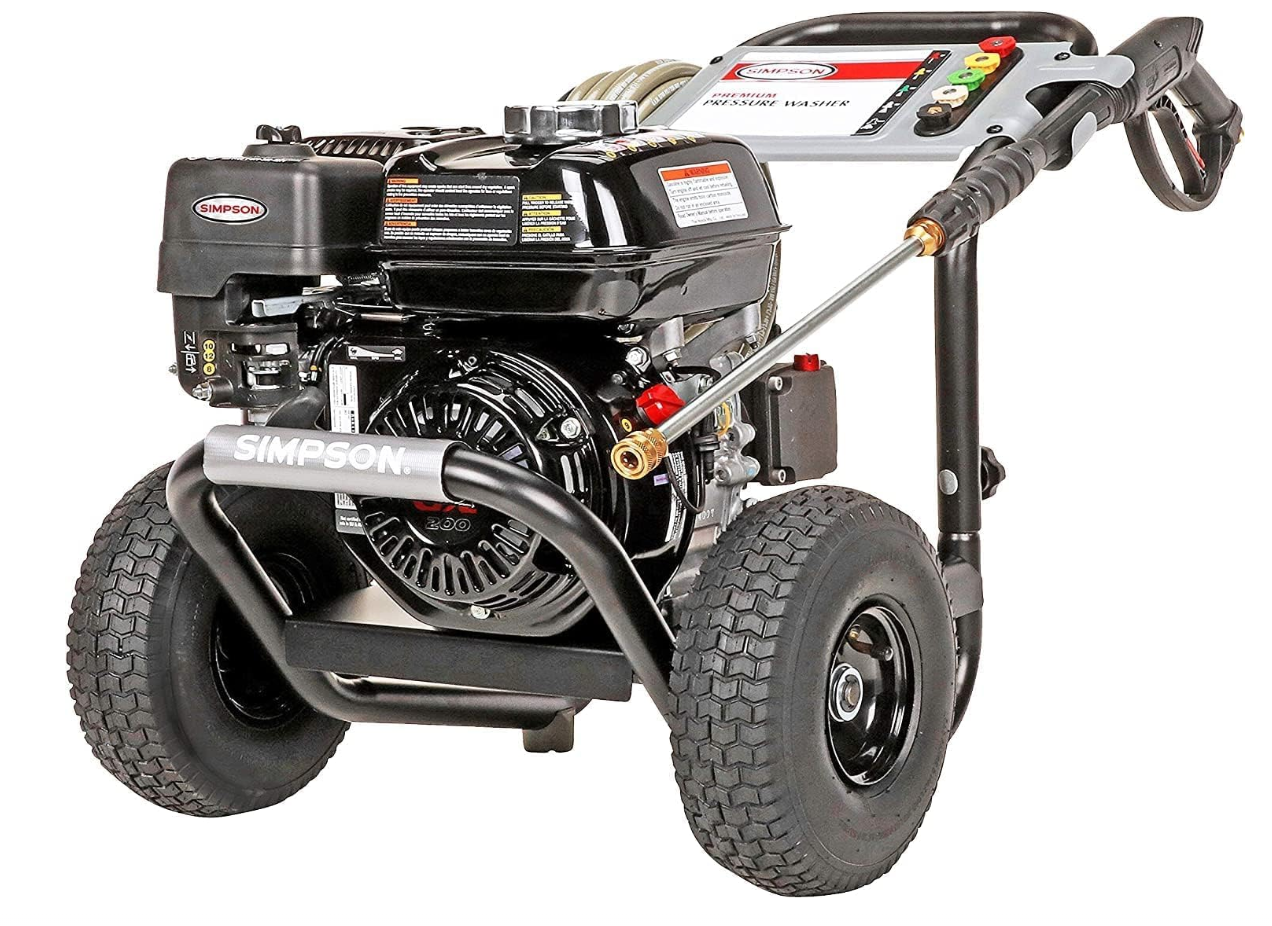The Importance of Power Washing and How to Do It Right
Your home is more than just a place to live; it's a sanctuary, a reflection of your style, and a significant investment. However, over time, the exterior of your home can accumulate dirt, grime, mold, and mildew, diminishing its appearance and potentially causing damage. That's where power washing comes in. In this comprehensive guide, we'll explore the importance of power washing the exterior parts of your home and provide you with all the information you need to do it effectively.
Why Power Washing Matters:
Power washing, also known as pressure washing, is a highly effective way to clean various exterior surfaces of your home. Whether it's the sidewalks, driveways, exteriors, shutters, steps, doors, or more, regular power washing can:
Enhance Curb Appeal:
A clean exterior instantly boosts your home's curb appeal, making it more attractive to visitors and potential buyers if you ever decide to sell.
Prevent Damage:
Dirt, mold, and mildew buildup can deteriorate surfaces over time. Power washing removes these contaminants, helping to prevent costly repairs and prolonging the lifespan of your home's exterior.
Improve Health and Safety:
Mold and mildew not only look unsightly but can also pose health risks to you and your family. Power washing eliminates these allergens, creating a healthier living environment.
Prepare for Maintenance:
Before painting, sealing, or staining surfaces such as decks or fences, it's essential to start with a clean slate. Power washing ensures proper adhesion and better results for subsequent maintenance tasks.
Areas of Your Home to Power Wash:
Siding: Over time, dirt, grime, and mildew can accumulate on your home's siding, detracting from its appearance and potentially causing damage. Power washing is an effective way to remove these contaminants and restore the beauty of your siding, whether it's vinyl, wood, brick, or stucco.
Driveways and Walkways: Concrete driveways and walkways are prone to stains from oil, grease, tire marks, and algae growth. Power washing can quickly eliminate these unsightly blemishes, leaving your surfaces clean and welcoming.
Decks and Patios: Wooden decks and patios are exposed to the elements year-round, leading to the buildup of dirt, mold, and mildew. Power washing not only cleans these surfaces but also prepares them for staining, sealing, or painting, ensuring long-lasting protection and beauty.
Fences: Whether it's wood, vinyl, or metal, fences can accumulate dirt, mold, and mildew over time, detracting from their appearance and structural integrity. Power washing removes these contaminants, revitalizing your fence and extending its lifespan.
Gutters and Downspouts: Clogged gutters and downspouts can lead to water damage, roof leaks, and foundation issues. Power washing can quickly clear away debris and ensure proper drainage, protecting your home from costly repairs.
Outdoor Furniture: From plastic to metal to wood, outdoor furniture is exposed to the elements and can become dirty and discolored over time. Power washing removes built-up dirt and grime, restoring your furniture's appearance and prolonging its lifespan.
Garage Doors: Garage doors are often overlooked when it comes to cleaning, but they can accumulate dirt, dust, and pollen, diminishing your home's overall curb appeal. Power washing can quickly restore your garage door's appearance, making it look like new again.
Exterior Windows: While not suitable for all types of windows, power washing can be used to clean exterior windows on certain homes. It's essential to use low pressure and the appropriate detergent to avoid damaging the glass or window frames.
How to Power Wash Your Home:
Now that you understand the importance of power washing, let's delve into the step-by-step process of how to do it correctly:
1. Choose the Right Equipment:
Invest in a quality pressure washer suitable for home use. Gas-powered washers provide higher pressure and are ideal for tough jobs, while electric washers are lighter and easier to maneuver for smaller tasks. Consider the PSI (pounds per square inch) and GPM (gallons per minute) ratings when selecting a machine.
2. Prepare the Area:
Remove any obstacles and debris from the work area, including furniture, toys, and vehicles. Cover nearby plants and delicate surfaces with plastic sheeting to protect them from overspray.
3. Apply Detergent:
Use a biodegradable detergent formulated for pressure washers to loosen stubborn dirt and grime. Apply the detergent from the bottom up, allowing it to dwell for a few minutes before rinsing.
4. Rinse Thoroughly:
Switch to a high-pressure nozzle and rinse the surface thoroughly, working from top to bottom and overlapping each pass to ensure complete coverage.
5. Mind the Technique:
Hold the nozzle at a consistent distance from the surface, typically around 6-12 inches, to avoid damage. Use broad, sweeping motions, and avoid aiming directly at windows, electrical outlets, or delicate materials.
6. Repeat if Necessary:
Stubborn stains may require multiple passes or spot treatments. Be patient and avoid the temptation to increase pressure excessively, as this can cause damage.
7. Finish with a Sealant (Optional):
For added protection and longevity, consider applying a sealant or waterproofing agent to surfaces such as decks, driveways, and patios once they're clean and dry.
How Often to Power Wash:
The frequency of power washing depends on various factors, including your climate, the amount of foot traffic, and the presence of trees or foliage near your home. As a general guideline:
Annual Cleaning: Consider power washing your home's exterior, including sidewalks, driveways, and decks, at least once a year to maintain its appearance and prevent buildup.
Seasonal Touch-Ups: In regions with harsh winters or high humidity, you may need to perform additional cleanings throughout the year to combat mold and mildew growth.
Special Occasions: If you're hosting an outdoor event or preparing to sell your home, a thorough power washing can quickly refresh the exterior and make a lasting impression.
Precautions and Best Practices:
While power washing is a relatively straightforward task, it's essential to prioritize safety and proper technique to avoid damage and injury. Here are some precautions and best practices to keep in mind:
Wear Protective Gear: Always wear safety goggles, closed-toe shoes, and ear protection when operating a pressure washer to shield yourself from flying debris and loud noise.
Test Before You Spray: Before tackling large areas, test the pressure washer on a small, inconspicuous area to ensure it's suitable for the surface and won't cause damage.
Use the Right Nozzle: Different nozzles provide varying degrees of pressure and spray patterns. Start with a wider angle nozzle for gentle cleaning and switch to a narrower one for tough stains.
Keep a Safe Distance: Maintain a safe distance from surfaces to prevent damage or injury. Adjust the nozzle and pressure settings as needed, and never aim the spray toward yourself or others.
Work Methodically: Divide larger surfaces into manageable sections and work systematically to ensure thorough coverage and consistent results. Take breaks as needed to avoid fatigue and maintain focus.
Seek Professional Help if Necessary: For complex or delicate surfaces, or if you're unsure about the proper technique, consider hiring a professional power washing service to ensure optimal results and peace of mind.
Recommended Power Washers:
When it comes to selecting a power washer, there are various options available to suit different budgets and needs. Here are some recommendations at different price levels:
1. Budget-Friendly (Under $200):
The Sun Joe SPX3000 Electric Pressure Washer offers reliable performance and versatility at an affordable price point. With a maximum pressure of 2030 PSI and a range of included accessories, it's perfect for light to medium-duty cleaning tasks around the home.
2. Mid-Range ($200-$500):
The Westinghouse WPX2700e Electric Pressure Washer strikes a balance between power and affordability. With a compact design and 2700 PSI, it's suitable for a wide range of outdoor cleaning applications, from siding and decks to vehicles and patio furniture.
3. Premium ($500 and above):
For those seeking professional-grade performance and durability, the Simpson Cleaning MSH3125 MegaShot Gas Pressure Washer is an excellent investment. With a robust Honda engine delivering 3200 PSI, it's capable of tackling even the toughest cleaning challenges with ease.
Power washing is a simple yet highly effective way to revitalize the exterior of your home, enhancing its curb appeal, prolonging its lifespan, and creating a safer, healthier living environment. By following the tips and guidelines outlined in this guide, you can achieve professional-quality results while protecting your investment for years to come. So roll up your sleeves, fire up the pressure washer, and get ready to transform your home from dull to dazzling with the power of a thorough clean.










